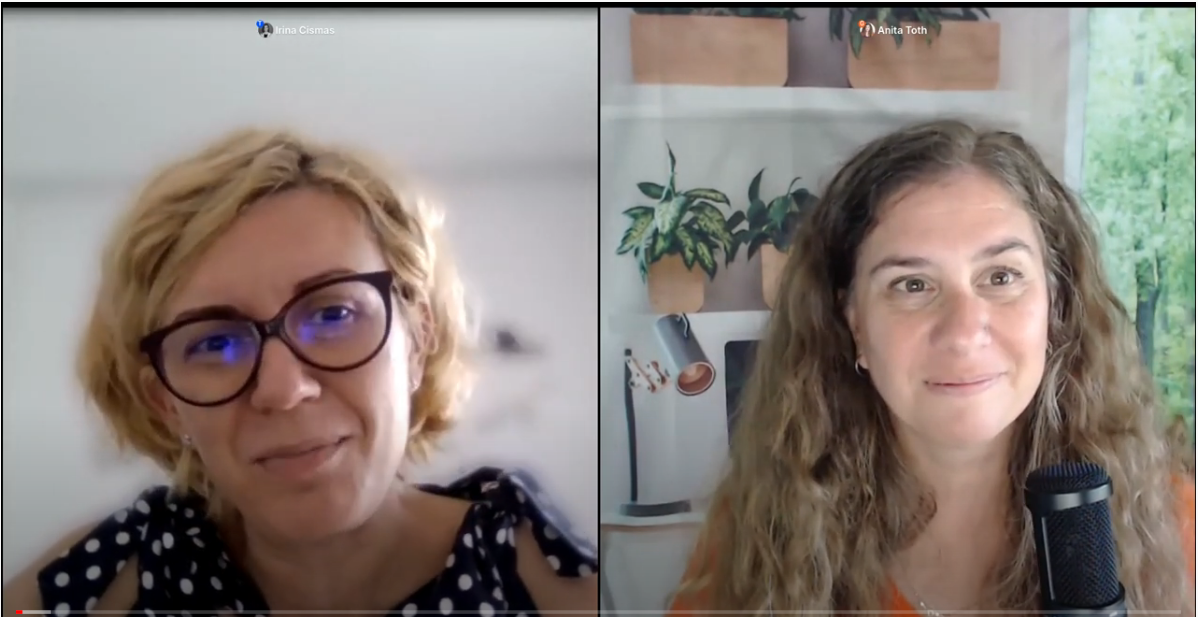🗞 The evolution of User Research

Hi there! 👋 Thanks for stopping by. USERWEEKLY is your weekly email to understand what is happening in User Research. It's the best way to keep up on trends, methodologies and insights in UX Research. It is written by me, Jan Ahrend. Each week I capture the pulse of our community and answer a simple question: What mattered in User Research this week?
😌 Humans of User Research with Sridhar Rajendran

Hey Sridhar, tell us a little about yourself.
I am Sridhar Rajendran, the Lead User Researcher at an Edtech startup called Quizizz. I am the first research hire and the past few months went by in setting up processes, tools and conducting research simultaneously! Like many in UX, I have a circuitous history of moving from coding to UX design and then finally to UX Research. While my path wasn’t always smooth sailing, I am glad with the decisions I made as it exposed me to different stages of product development and gives me a well-rounded understanding of how research can impact business.
What was the highlight of your (work) week?
Being a user research team of one, I am constantly juggling different projects at once. One of the initiatives I am currently picking up is setting up a rolling research program. Since it is a full-time work in and of itself, I brought up that we need to hire a dedicated researcher for running it. Since we are already conducting interviews for another research hire, I wasn’t sure the request would get approved. But lo and behold, it was approved! I am so grateful to work in a company that understands the value of UX Research despite the function being new.
What do you remember most about your first UXR job?
When I started my first job in the UX domain, I was asked to assist in conducting an interview on the very first day as I was familiar with the language that the participant spoke. It was for an online gaming client and the participant was about 60-years old. He was a regular player and had lost a lot of money on the platform. But he was actually quite happy and cheerful as he liked the thrill of playing. I felt awkward the whole time as it was my first day at a new job, new domain, plus the ethical concerns of the online gaming industry.
What can people reach out to you about and how can they find you?
LinkedIn is my drug of choice and that’s where I share my thoughts and network with people. I like to mentor folks who are new or experienced researchers who want to brainstorm some approaches. I also like to reach out to senior folks to improve my craft.
Thank you, Sridhar!
Subscribe to stay up to date on User Research news and trends.
Spotlight > Articles > Video > Audio
🎉 Highlights.
The evolution of User Research: past, present and future
Phase 1 – Research Consultants (aka the Caveman era). Phase 2 – Individual Contributors. Phase 3 – Empowered Research Practices. Kritika Oberoi & Steve Portigal 08/11
Safeguarding in research: what about the researchers?
Safeguarding in research often focuses on the participants, but what can we as researchers do to safeguard ourselves? Set your boundaries as a researcher. The 3 step warning. Have a buddy present. Have a support system. Don’t be afraid to cut a session short. Build your safeguarding guidelines or policy into your research ops. Zaynah Hawa & Juliette Fournier 08/16
UX research, validation, and bullshit
I can’t stand it when people talk about using research to “validate” ideas, prototypes, or concepts. It makes me grind my teeth. Stop seeking validation for your ideas. Focus on users. Antoine Valot 08/16
🛠 Methods & Tools.
Blend surveys and interviews for the best of both worlds
Go beyond mixed methods and blend methods with moderated surveys and generative interview guides. Laurel Brown
How to write reports that drive action and inspire change
Ethos, logos and pathos have been the foundation of persuasive writing for over 2000 years. Balacing credibility, logic and emotion in research reports is just as important as ever, as well as repetition, questioning, clarity and timing. 08/16
Affinity mapping: how to organize your research?
Affinity mapping helps you identify patterns in user behavior and preferences. Understanding affinity mapping allows you to build a foundation for future design solutions. Eniola Olaniyi 08/11
✨ Taking a step back.
Anthropology meets UX: Becoming resilient
UX Research and Anthropology requires resilience to build relationships with empathy, listen intently with an open mind and process emotional reactions and others’ trauma. Tip #1: Put yourself in your audience’s shoes — stakeholders and users alike. Tip #2: Adapting your approach. Tip #3: Create lasting relationships with research partners and stakeholders. Kelsie Gillig 08/12
UX Research and Psychology
The relationship between “psychology” and “UX Research”. From Clinical Psychology, Cognitive Psychology, Social Psychology, Developmental Psychology to Anthropology and Sociology. About research methods, teamwork and reaction papers. Kerem Can Demirtaş 08/05
Subscribe to stay up to date on User Research news and trends.
Spotlight > Articles > Video > Audio
🎥 Video of the Week.
Demystifying churn, how qualitative research helps retain more users
We spend a lot of time gathering and chasing data. We have the feeling that the more we know the better when it comes to customer decisions. And this is correct but more often than not we do not take the time to understand “the reason why” behind the data. We do not correlate the quantitative data with the qualitative part. How can you influence a number if you do not understand its story? The story is usually given by the customer. YouTube 08/10

Spotlight > Articles > Video > Audio
🔉 Audio of the Week.
UX and user testing for games with Edward Moore
Guerilla UX Research methods for indie game devs on a budget. Spotify Apple 08/12

Happy researching,
🗞 Jan
User Weekly Newsletter
Join the newsletter to receive the latest updates in your inbox.
